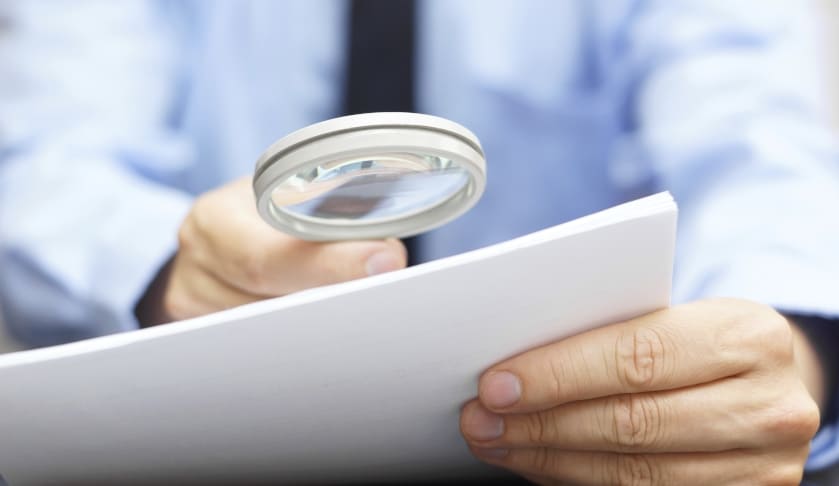10 tips to finding the best tenants: part two
Tenants are an important part of your investment success, so how can you secure the right ones every time? In the second of this two-part series, Matt McCann, CEO of LocalAgentFinder.com.au shares his 10 tips on getting the best tenants and avoiding high turnover.

6. Ensure reference checks are being performed
It’s tempting to choose applications that show a willingness to pay more rent or pay a large sum up front, but keep in mind that this could mask a less than desirable rental history. Ensure your property manager makes reference checks with the applicant’s previous landlords, who can clarify whether the tenant paid their rent on time, allowed pets or anyone else to live on the premises without notification, and the condition they left the property in. A good screening question to ask is whether the landlord would rent to the applicant again.
To continue reading the rest of this article, please log in.
Create free account to get unlimited news articles and more!
In addition, reference checks with the applicant’s current employer can verify the stability of the applicant’s source of income. When verifying an employer reference, it may be better to look up the company’s number in the phone book to ensure the applicant’s true employer is reached, rather than a friend. This approach may seem extreme, but some applicants may know their way around the screening process.
7. Ensure the applicant has been vetted against a tenant database
Many professional property management agencies have access to a tenant database. These are run by private companies, and show whether a tenant has had any legal actions filed against them and whether there are any other red flags that have been officially reported. Once again, open communication with your property manager will ensure they perform all the appropriate checks on your tenant before the lease is signed.
8. Photo-document the property’s condition
Take detailed photographs of your property before anyone moves in. Copies should be provided for the tenant, your property manager and yourself. These photos can be used as a deterrent against any false claims regarding damage later on.
By doing this yourself you ensure nobody can pull the wool over your eyes later on, once a lease has ended. It’s also an important part of your due diligence to make sure you know what condition your property is in.
9. Ensure the property is inspected regularly
Once your tenant has moved in, your property manager will need to inspect the property regularly. Although your tenants may be perfectly behaved, their pets or guests may not follow suit.
Organising in advance how frequently you would like your property manager to inspect the property, as long as you’re following the law, is a good way to minimise any confusion around inspections.
10. Consider landlord insurance
Landlord insurance is designed to protect your property against loss, theft and damage. There are also policies that specifically cover the cost of unpaid rent or the legal costs of chasing up this lost income. Because these policies differ, it’s best to compare your options carefully to find the right fit.
Check out part one of the series here.


